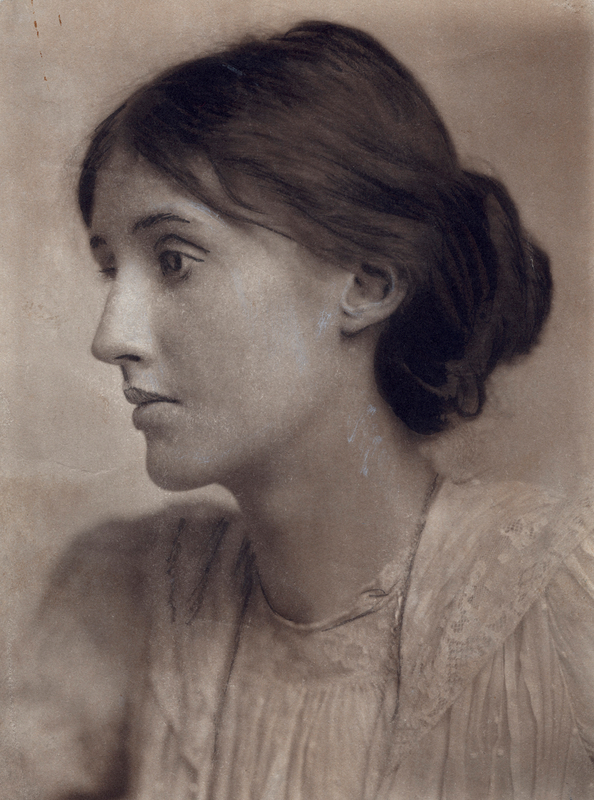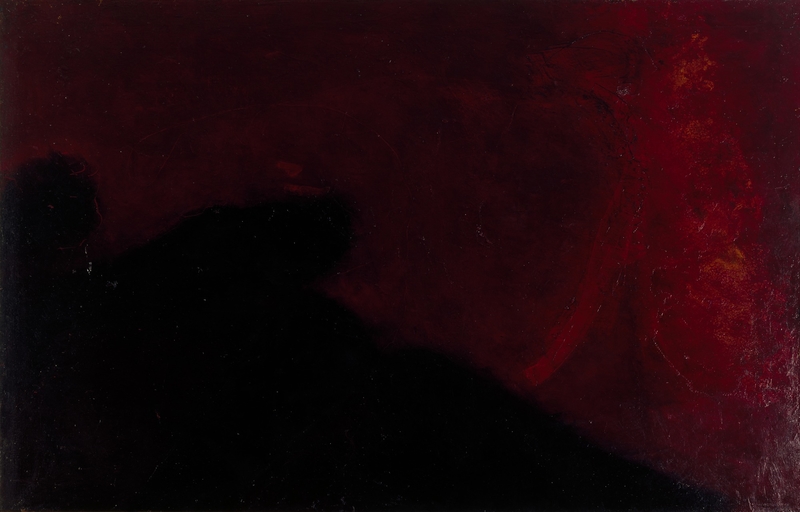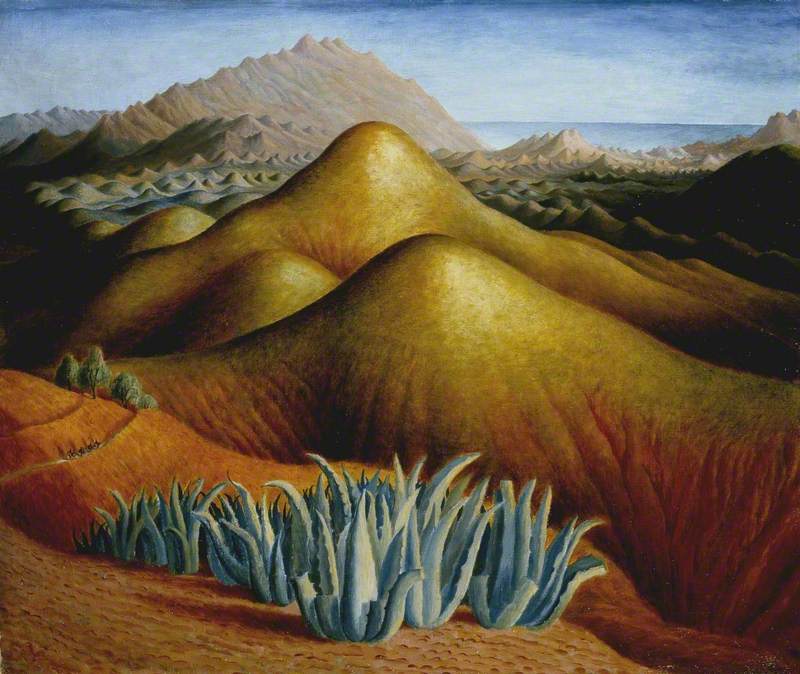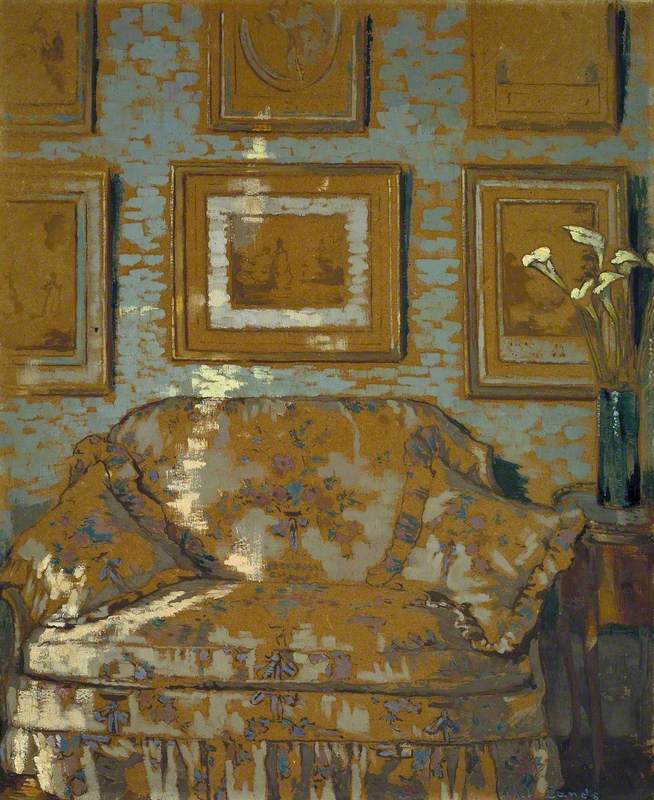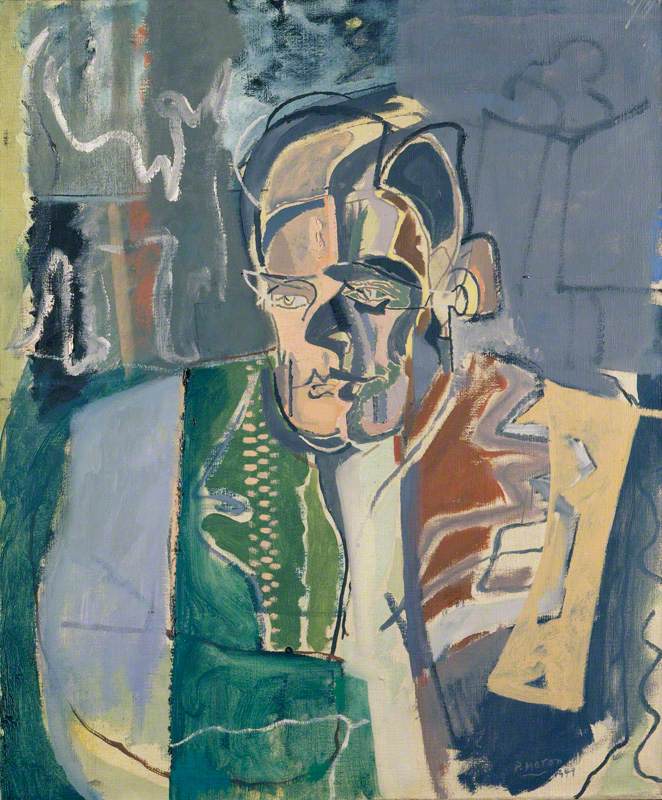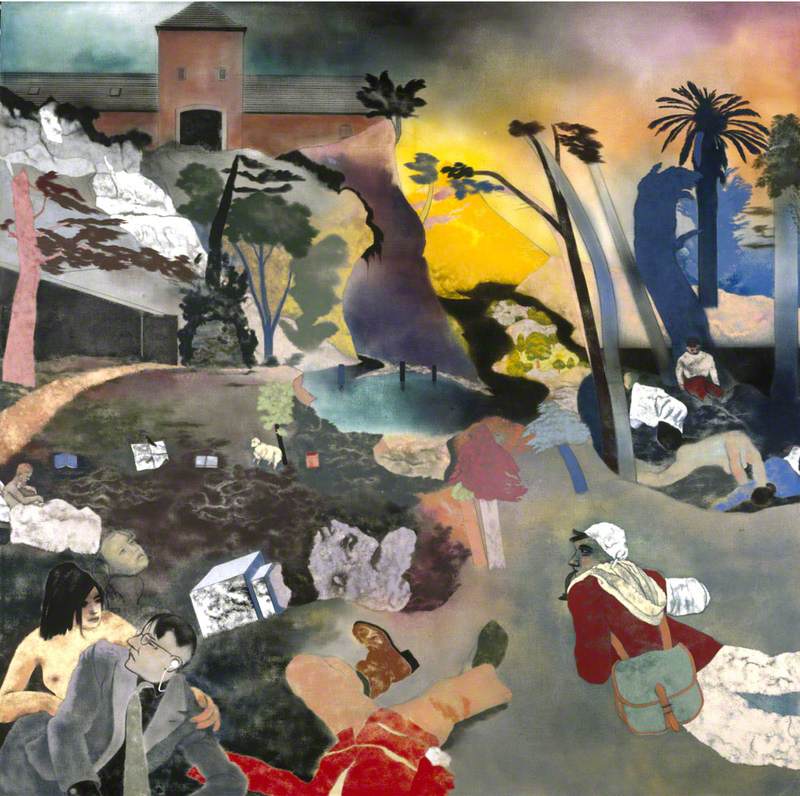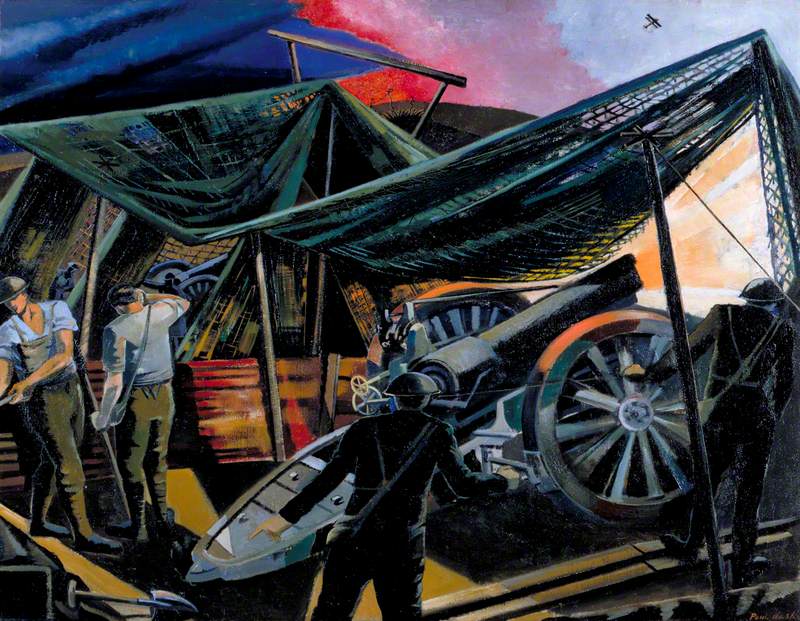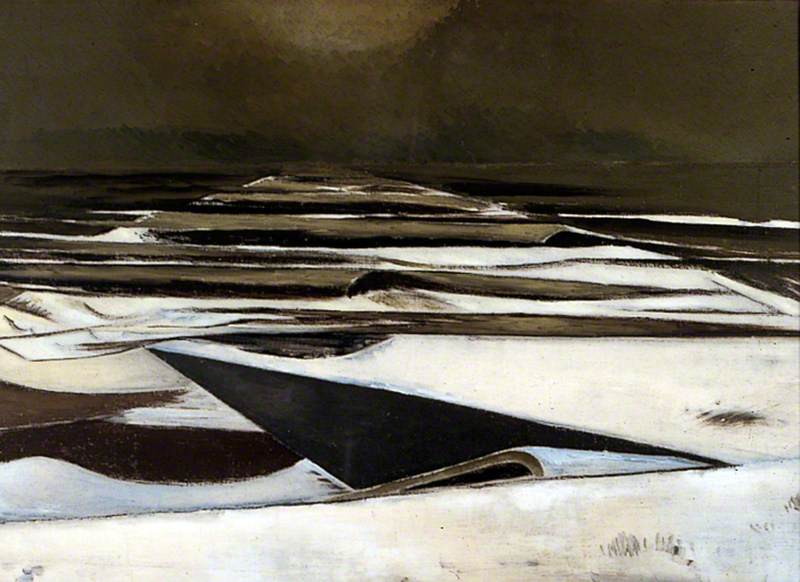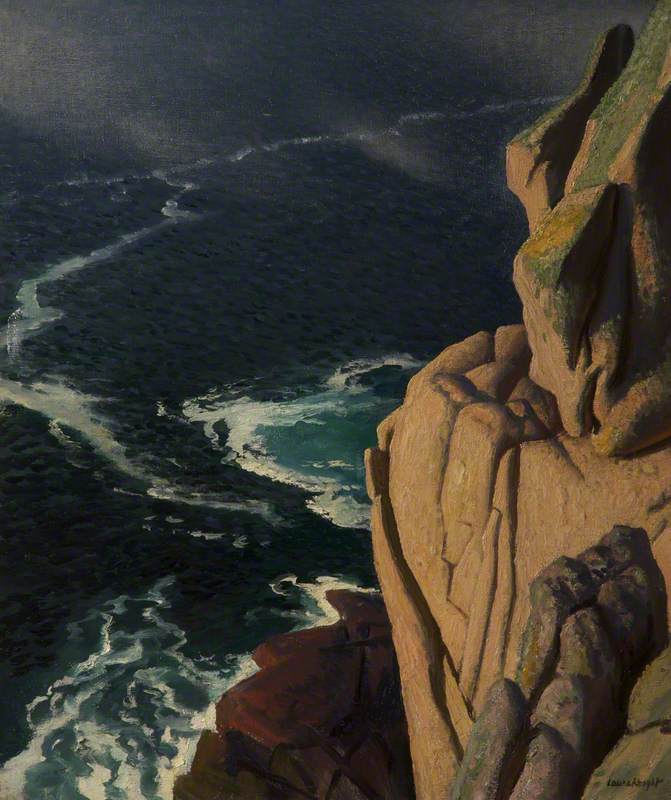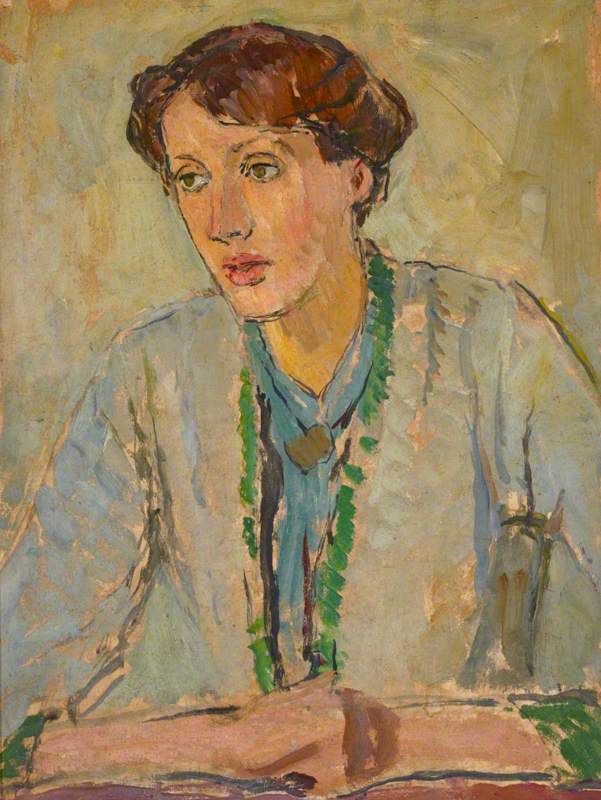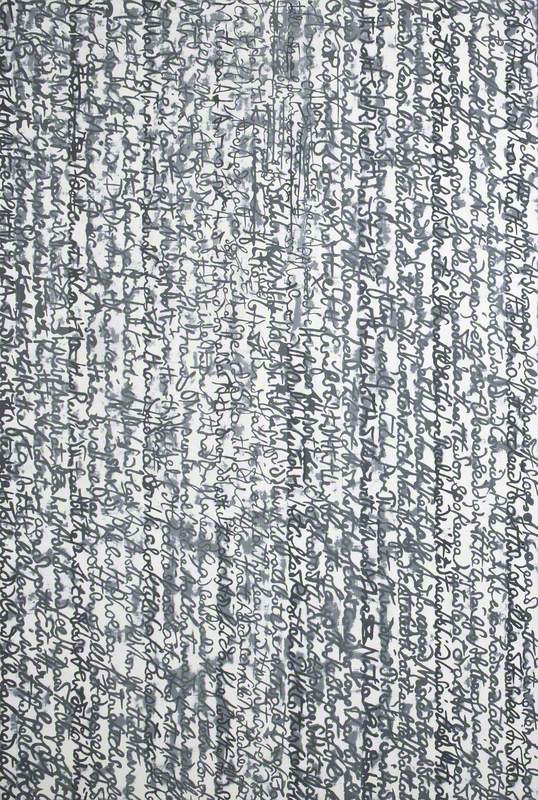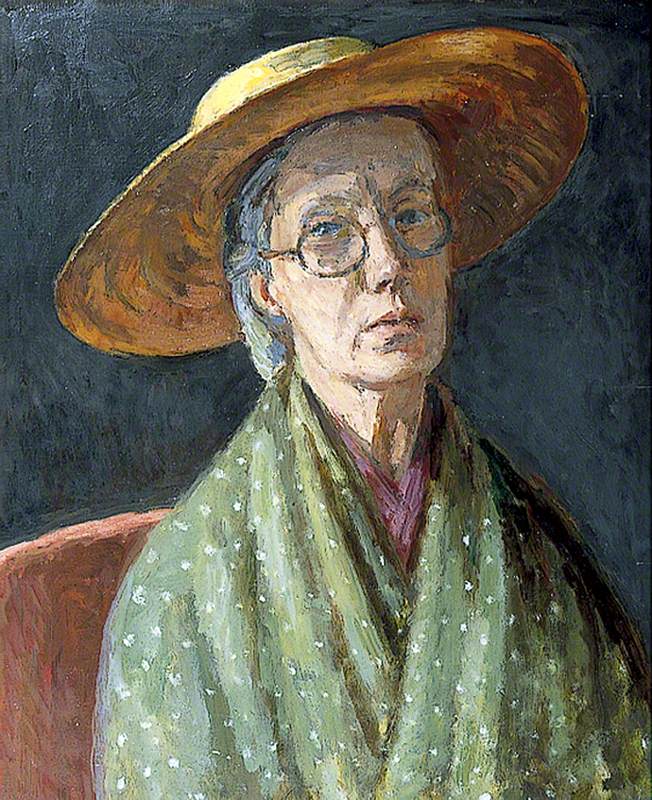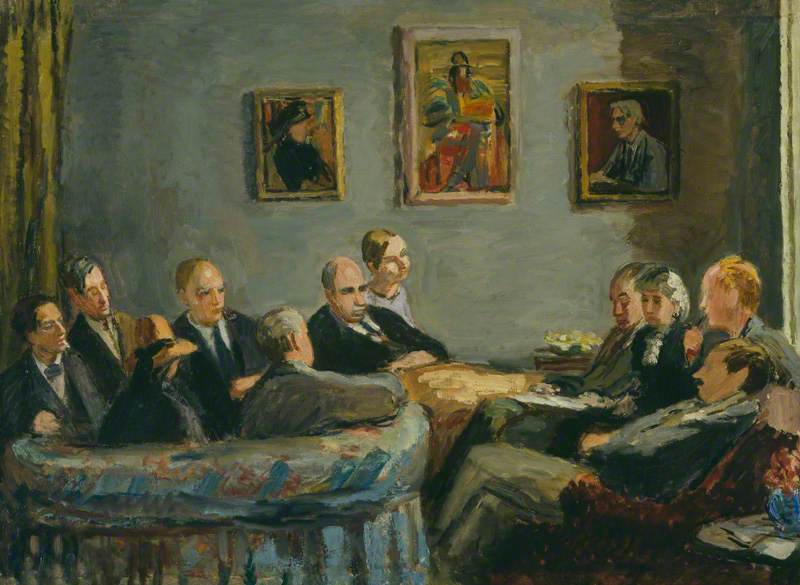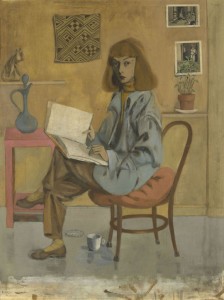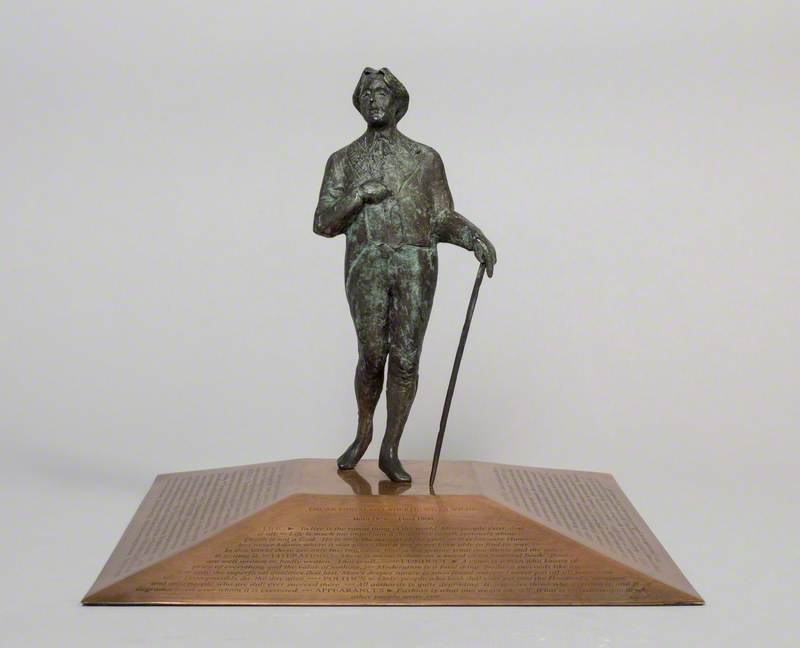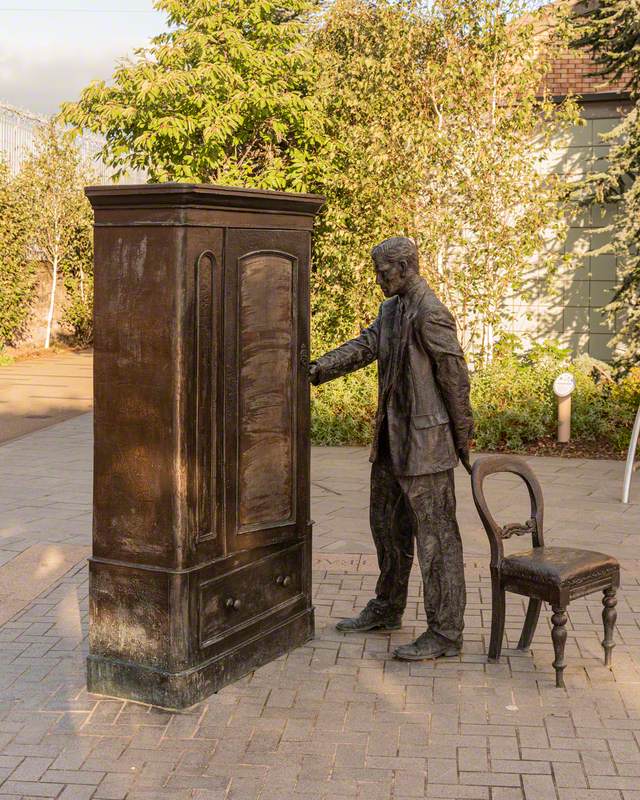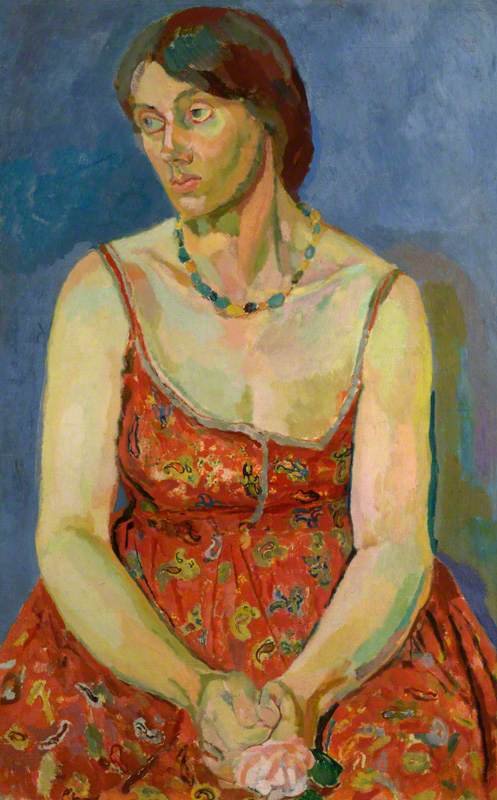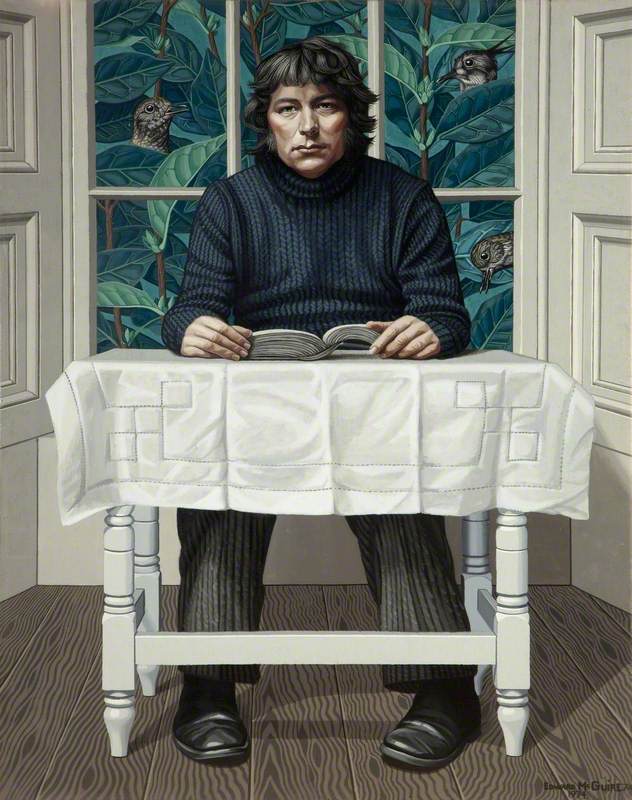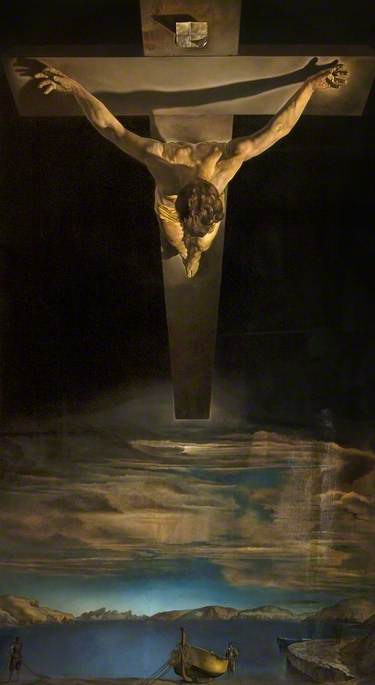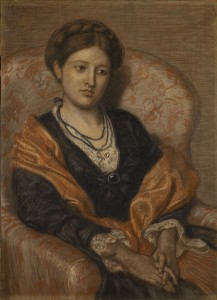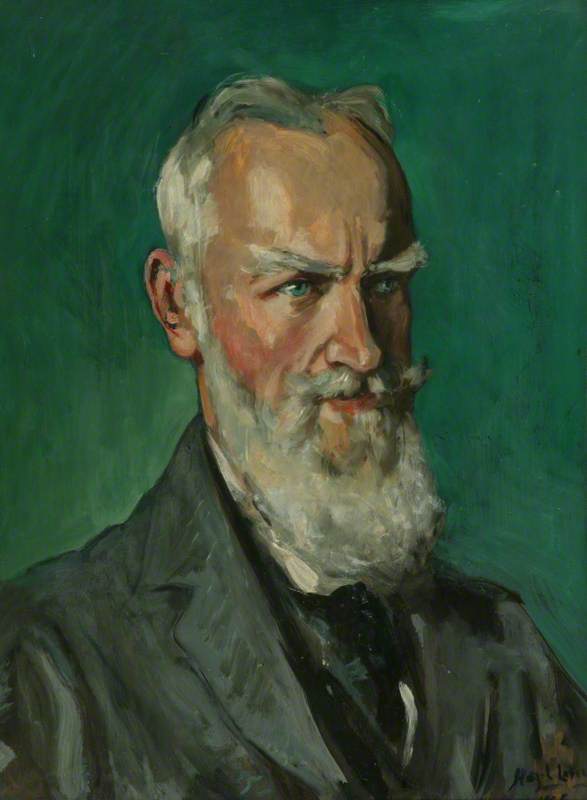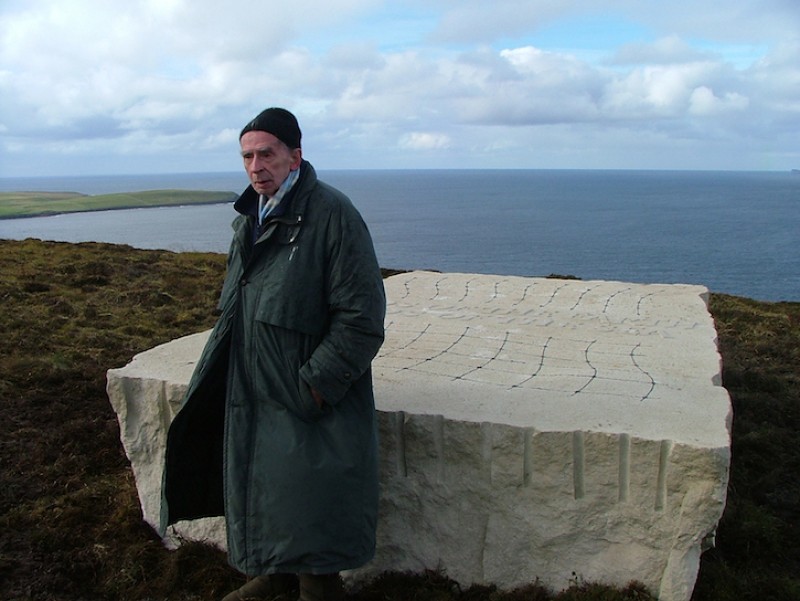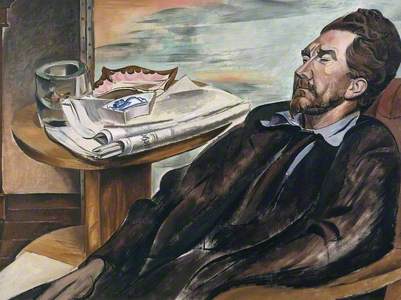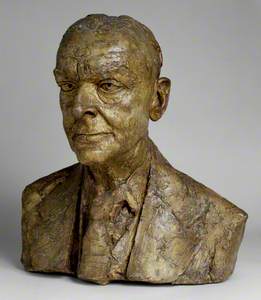'Behind the cotton wool is hidden a pattern; that we—I mean all human beings—are connected with this; that the whole world is a work of art; that we are parts of the work of art.'
Virginia Woolf's words give us an insight into the processes of a brilliant artistic mind; one who strived to portray both the beauty and the cruelty of the world around us. Using art as a metaphor, this passage from her autobiographical writings shows us part of her philosophy. In Woolf's world, a 'work of art' could mean anything from the literal paintings that her sister Vanessa Bell created, to the intellectual theories of fellow Bloomsbury Group member John Maynard Keynes, to even her own novels and musings.
2018 saw exhibitions inspired by both Woolf and T. S. Eliot taking place in the UK, and we can see the inextricable link between literature and art running through the lives and works of these authors. 'Virginia Woolf: An Exhibition Inspired by Her Writings' at Tate St Ives (then Pallant House, Chichester, and The Fitzwilliam Museum, Cambridge) and 'Journeys with 'The Waste Land'' at Turner Contemporary offered us a glimpse into how these literary titans continue to inform, inspire and infuse art today.
Both exhibitions use the work of the author as a prism through which to view the art, with special reference to Woolf's landmark feminist novels and Eliot's epic opus The Waste Land. Woolf's position at the centre of the influential intellectual Bloomsbury Group would naturally strengthen her association with 'the arts' in all its forms; as Laura Smith, curator of the Tate's exhibition says, the Group 'inspired one another continuously and almost non-identifiably.'
Woolf and Bell's contemporaries included the artists Dora Carrington and Ethel Sands, and the exchange of ideas between this extended group of writers, thinkers and above all, artists, would lead to richer undertones within and common connections across their works.
For example, Carrington and Sands' work above explores, on one hand, the intensity of the broad landscape and on the other, the detailed minutiae of a singular room. Themes of landscape and surroundings, as well as the notions of domesticity and belonging so famously depicted in A Room of One's Own have unmistakeable Woolfian hallmarks when we consider her presentation of feminism and womanhood. As Curator Laura Smith has written, 'the legacy of these numerous reciprocally beneficial relationships is precisely what Woolf was referring to when she said that, as creative women, we 'think back through our mothers.''
Even with works by over 80 artists from 1854 to the present day, Smith says, 'I could have made the exhibition 10 times bigger. It is impossible for me to choose. Every work in the show has been thoroughly interrogated as to why it is there and how it sits alongside those works next to it. I wanted to build a community of artists and artworks that is trans-historic and international and in which there are no hierarchies of importance.'
Similarly, T. S. Eliot had close connections with artists featured at the Turner Contemporary exhibition, such as Wyndham Lewis.
However, the journey for gallery visitors zooms in even further on a specific work of his as a focal point. From Patrick Heron's initial sketches of his famous portrait of Eliot to an installation by visual artists Benedict Drew and Nicholas Brooks, the exhibition and its works was developed and curated by a diverse, voluntary group of Margate residents in response to the seminal The Waste Land, as a reinvention of traditional curation practices into a more participatory process.
'Each work has its own trajectory and its own story', explains Research Curator for the project Trish Scott, noting that the multilayered, multivoiced nature of the poem itself was replicated in a sense by the group of volunteers drawing their own conclusions from it. 'The most surprising, interesting and unusual works in the exhibition are the things that people related to because of the sensibility of their poem; a particular line can spark a particular reference for someone who has that knowledge', she says, using the inclusion of an Australian aboriginal shield as an example.
One volunteer felt that the chorus of voices that the poem possessed was reminiscent of aboriginal beliefs surrounding dream time and simultaneity. The direct response of artists to the poem are also present, such as R. B. Kitaj's If Not, Not, reflecting the disparate characters and sometimes uncomfortable confusion that The Waste Land confronts readers with.
In a similar way to Woolf, we can glean the thematic connections between writer and artist, particularly through the profound experience of living through war and how this changes one's worldview, as seen with the work of Paul Nash.
Scott says that a key intention of the exhibition is to bring these conversations into a contemporary light, by examining how artists today treat the issues of trauma and war. In 1921, Eliot retreated to Margate, having taken leave from work in London on account of his mental health, and wrote fifty lines of The Waste Land in a shelter on the beachfront there. It even gets a mention: 'On Margate Sands./I can connect/Nothing with nothing.' The exhibition, then, is one 'of the contemporary relevance of the poem through the eyes of people who, nearly 100 years on, are in the same location', Scott says, reflecting on Eliot's close connections with his surroundings.
That same sense of place can be teased out from Woolf's work, as her connections with St Ives in particular in her formative years appear to have had a profound effect on her feminist philosophy, with the location recurring several times throughout her novels and serving as particular inspiration for the 1927 novel To The Lighthouse. 'In St Ives, Woolf was introduced to an artistic – or even bohemian – way of life that was contrary to the strict and traditional Victorian upbringing that she was used to', says Smith. 'This new approach to the world, and the contradictions that it engendered in her, would influence her writing and her sister, Vanessa Bell's, painting for years to come.'
While the focal point here is the work of these two writers, we can't ignore the impact that their own presence has had on artists as well. Indeed, the National Portrait Gallery's archive of Woolf has her listed as the sitter in no less than 63 portraits, celebrated among other in the gallery's 2014 exhibition 'Virginia Woolf: Life, Art and Vision'. However, Tate's exhibition only displays one portrait of Woolf; created by her sister, Vanessa Bell.
'I thought it important to demonstrate (as this painting does) how intimate and significant their relationship was, as for Woolf, Bell was her most influential ally', reveals Smith, on the decision to include the singular portrait. 'The two shared a mutually supportive relationship in which painting informed writing and writing informed painting. This was so foundational to the way that they both worked that Woolf wrote to Bell: 'do you think we have the same pair of eyes, only different spectacles?''
Similarly, the figure of Eliot, who, like Woolf, struggled with mental illness through his lifetime, was influential amongst his contemporaries too, as a bold Jacob Epstein bust at the National Portrait Gallery shows.
While the author himself is also not the focal point of the Turner Contemporary exhibition, that layer of context is conveyed through works such as Epstein's, as Scott says the research group tried to decipher the different representations of the author and which version of Eliot is the voice of The Waste Land.
We could argue that it is, in fact, the very interpretations of the multiple personas of both authors, as conveyed through their writings, that have provided a wealth of inspiration for artists throughout the twentieth century and beyond. Much like Eliot and Woolf sought to draw out the beauty and the chaos of the world around them, artists have, and will continue to, draw parallel conclusions from their work; ultimately showing that the duo's legacy lies just as much in their impression upon the art world as it does through their writings.
Suyin Haynes, writer
